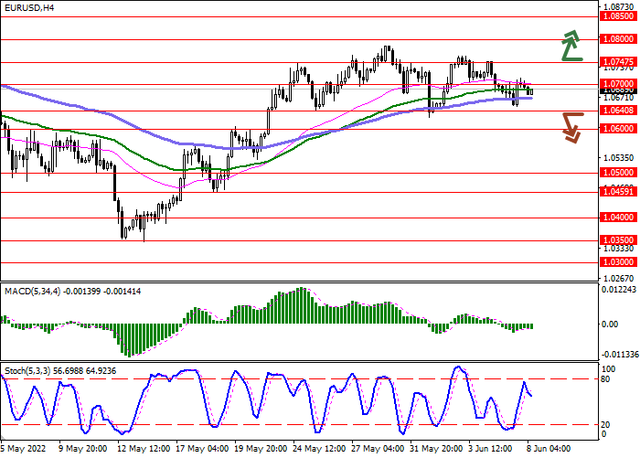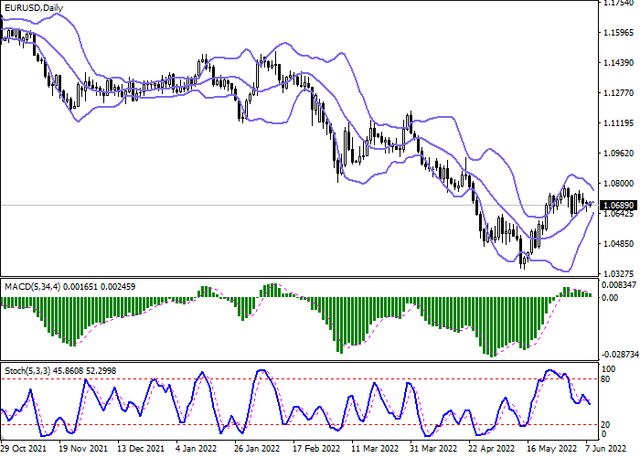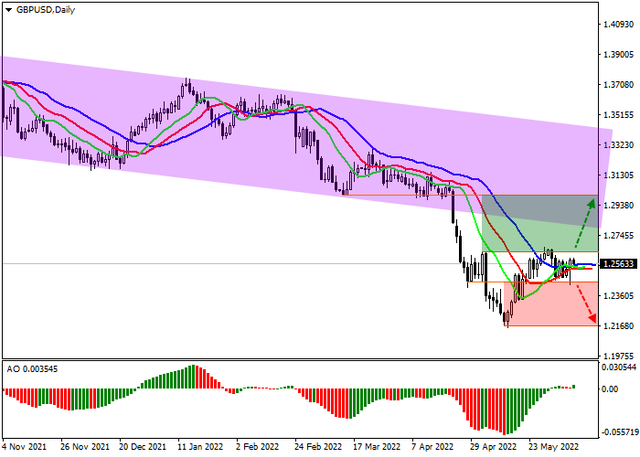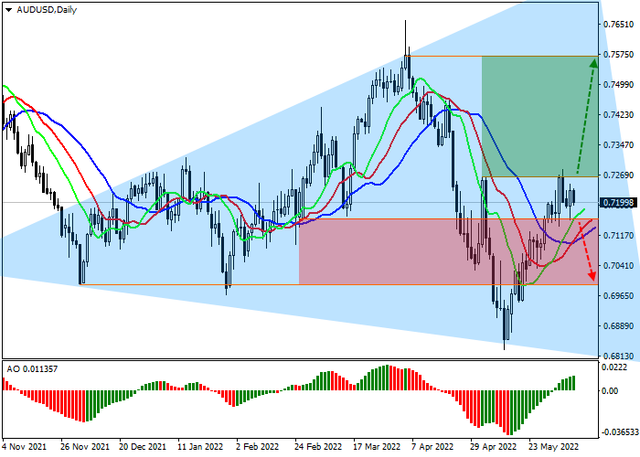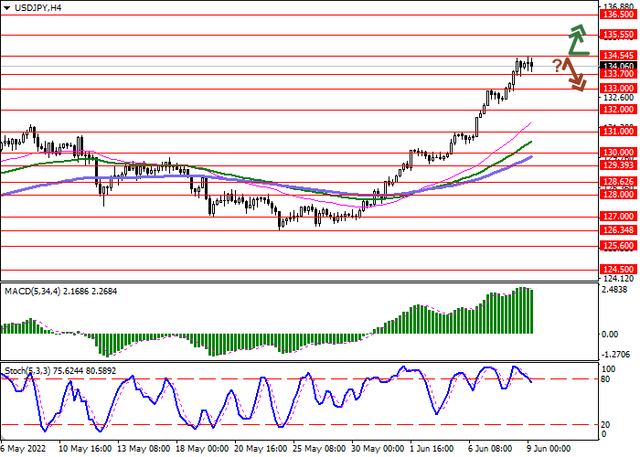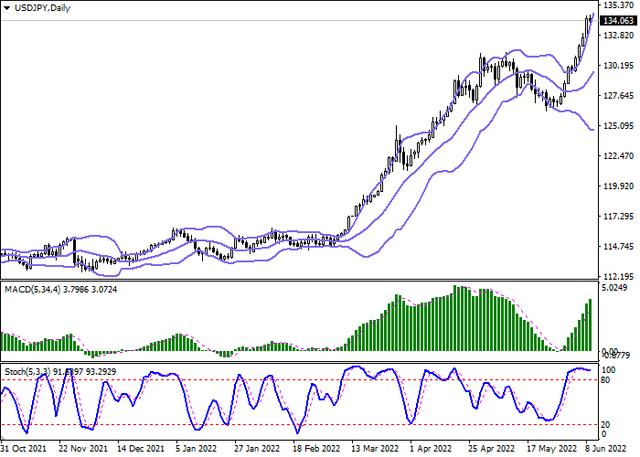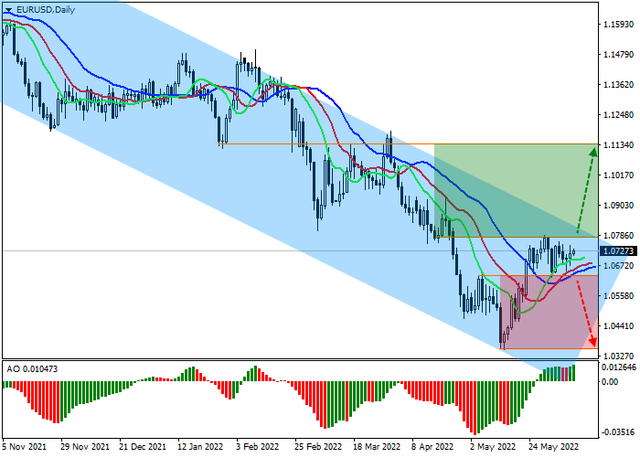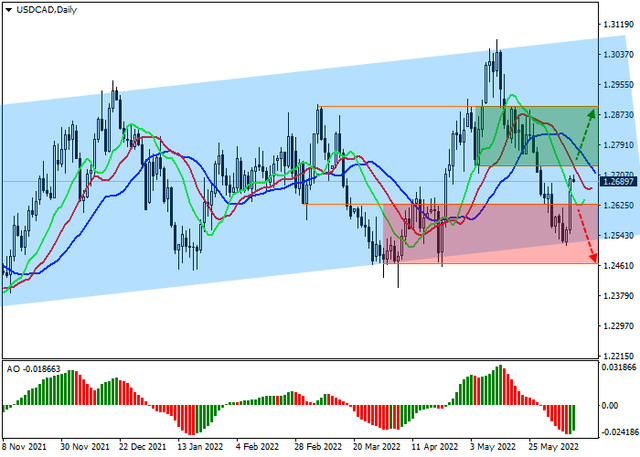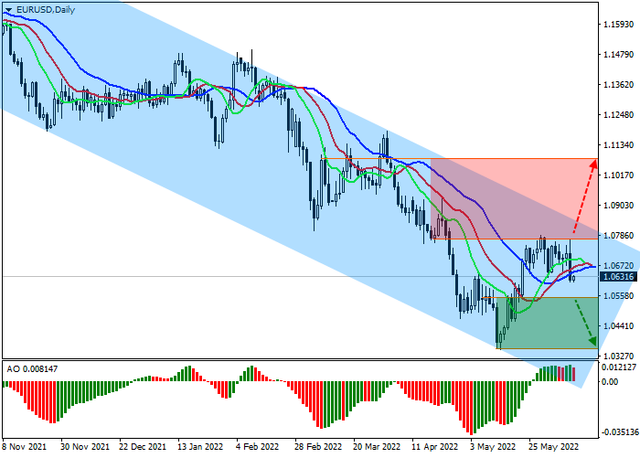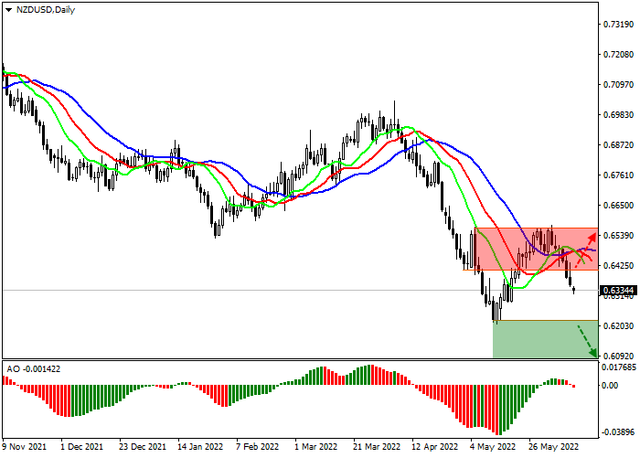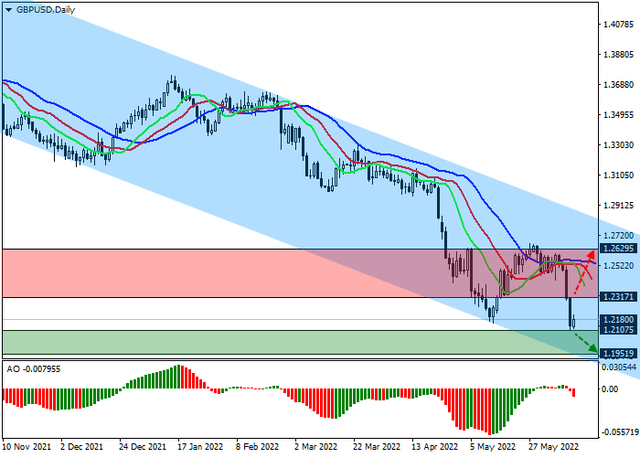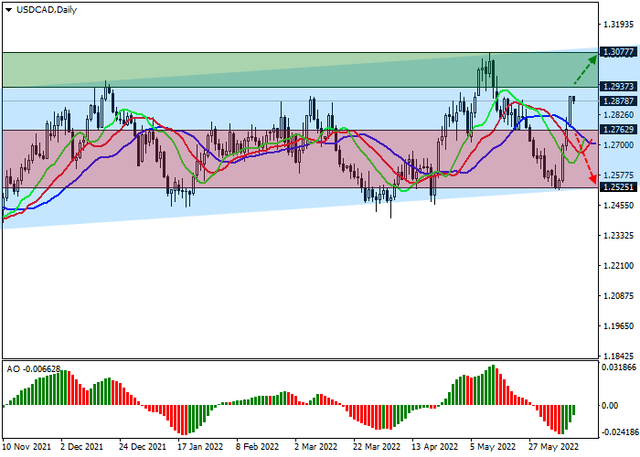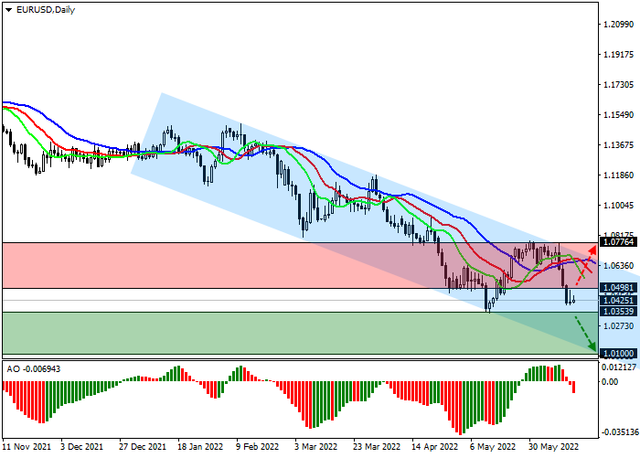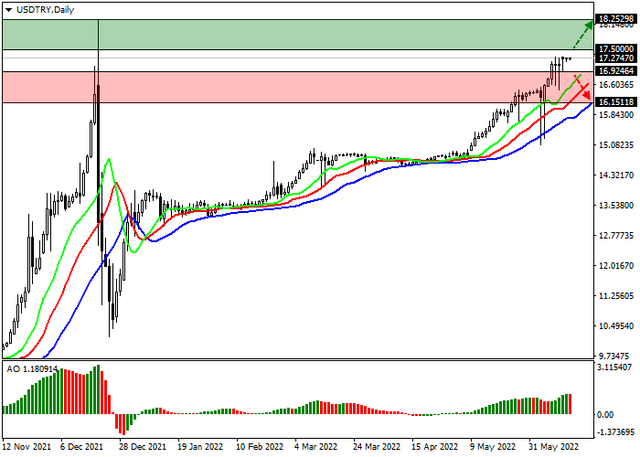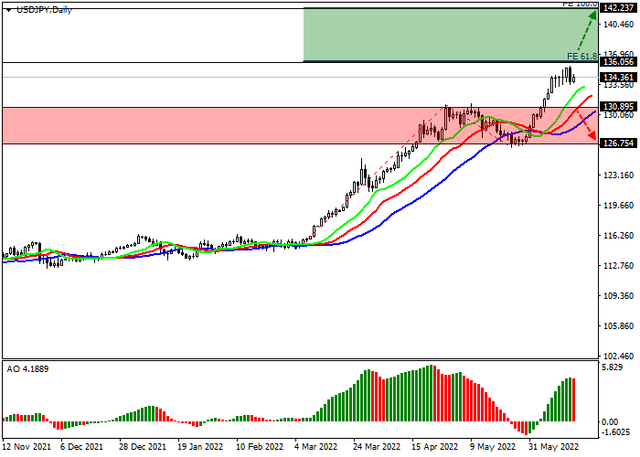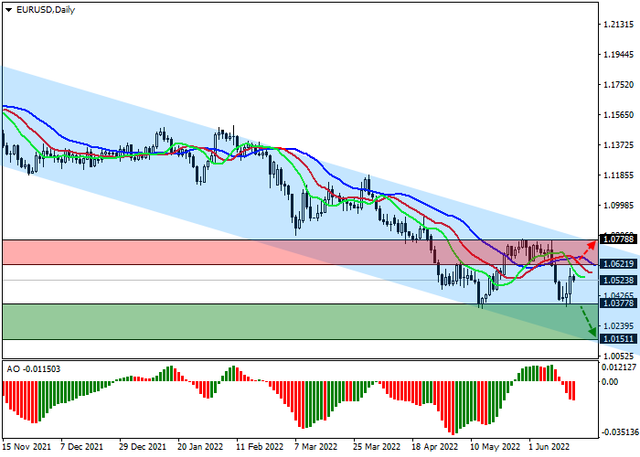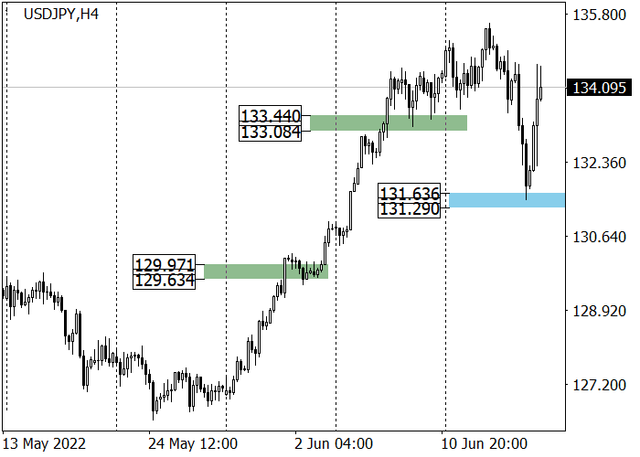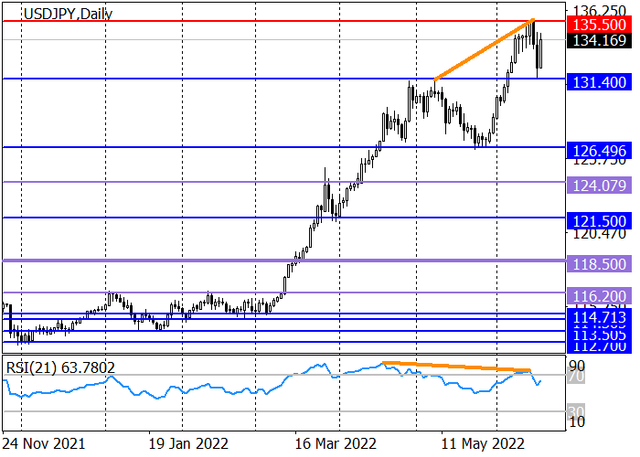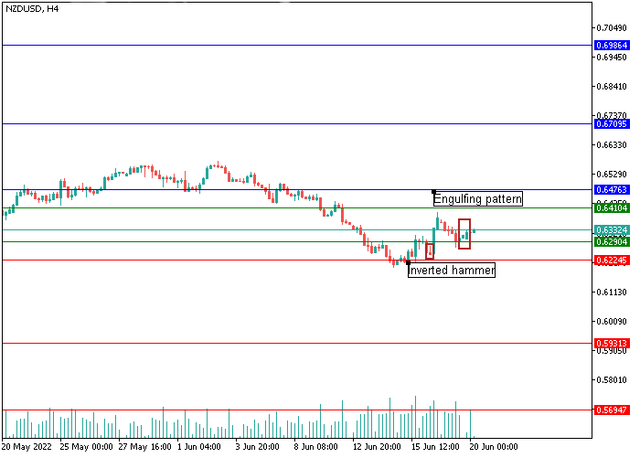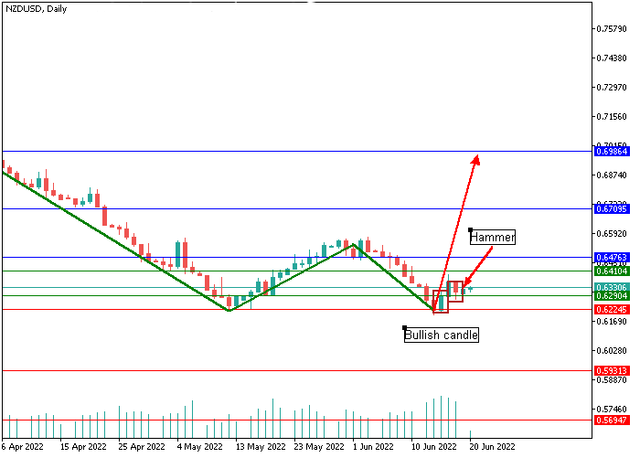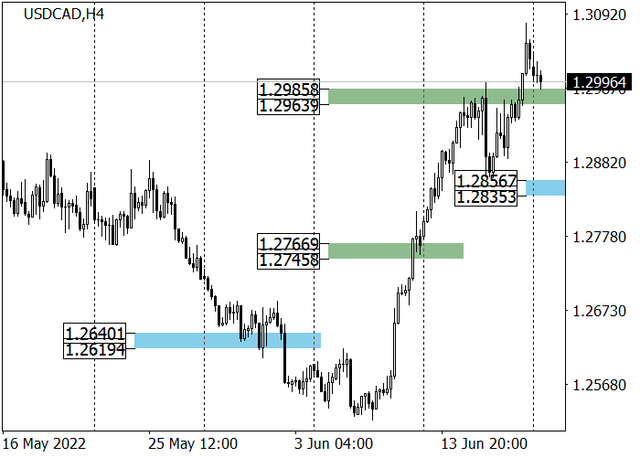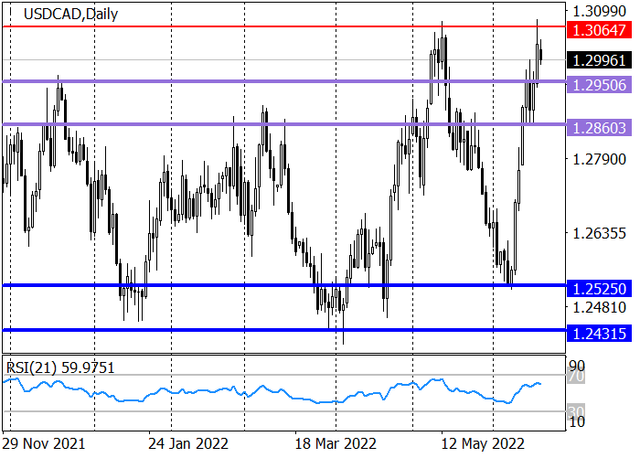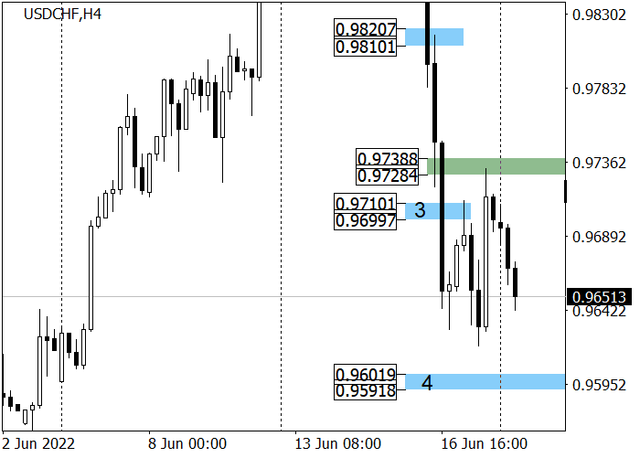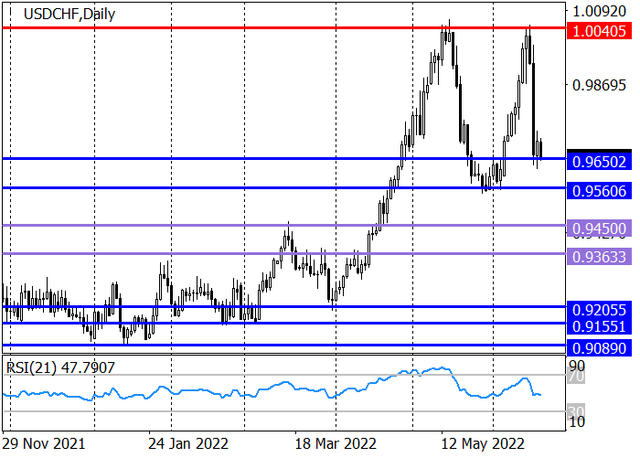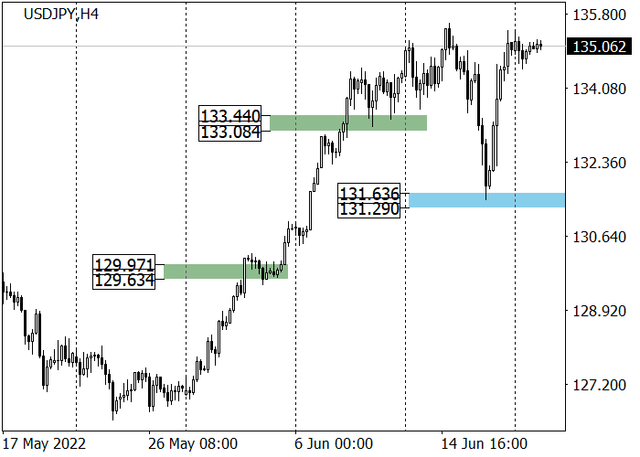SOLIDECN
Senior member
- Messages
- 3,041
- Likes
- 0

The rise in oil prices contributes to the strengthening of the pair
As a result of rising energy prices, the Canadian dollar is strengthening, which negatively affects the dynamics of the USDCAD pair, pushing it to the lows of April 2022.
Thus, the quotes of WTI Crude Oil have updated the maximum on March 24 in the area of 118, and at the moment they are trading under the level of 120, developing a "bullish" momentum. The increasing oil price strengthens the position of the Canadian dollar, as revenues to the national budget are growing, and the country can direct additional revenues from oil and gas profits to the development of its economy, which will make it more attractive to investors.
Another factor supporting the strengthening of the Canadian currency is the tightening of monetary policy by the Bank of Canada. Last week, the regulator raised the interest rate by 0.50% to 1.50%. This trend is likely to continue in the future, therefore, in the current conditions, a decline in the USDCAD pair seems more likely.
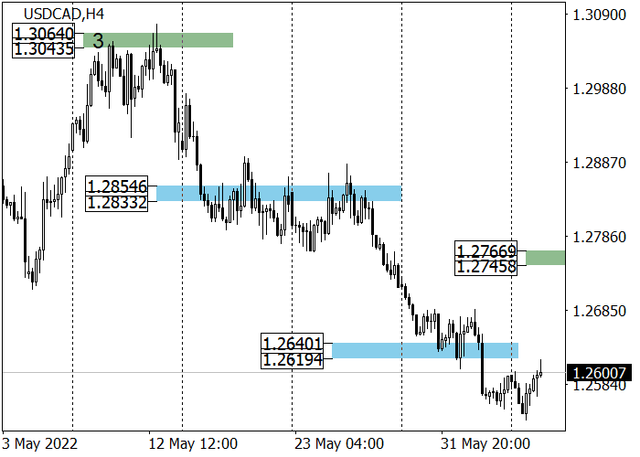
The long-term trend, however, remains upward. Last week, the trading participants broke down the support level of 1.2660, which suggests a further decline in the asset to the key support area of the trend of 1.2460–1.2430, however, if it is held, the growth will continue with a target at the May maximum.
The mid-term trend is downward. This week, the target zone 1.2640–1.2619 was broken down. The next target of the decline is the 1.2432–1.2412 zone. The key resistance of the trend is shifting to the level of 1.2766–1.2745. From the area of key resistance, new sales for the USDCAD pair can be considered.
Resistance levels: 1.2675, 1.2885, 1.2950 | Support levels: 1.2460, 1.2430, 1.2295
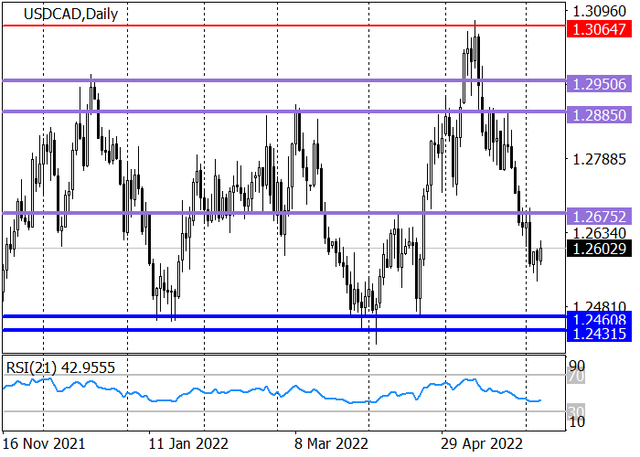
Thus, the quotes of WTI Crude Oil have updated the maximum on March 24 in the area of 118, and at the moment they are trading under the level of 120, developing a "bullish" momentum. The increasing oil price strengthens the position of the Canadian dollar, as revenues to the national budget are growing, and the country can direct additional revenues from oil and gas profits to the development of its economy, which will make it more attractive to investors.
Another factor supporting the strengthening of the Canadian currency is the tightening of monetary policy by the Bank of Canada. Last week, the regulator raised the interest rate by 0.50% to 1.50%. This trend is likely to continue in the future, therefore, in the current conditions, a decline in the USDCAD pair seems more likely.

The long-term trend, however, remains upward. Last week, the trading participants broke down the support level of 1.2660, which suggests a further decline in the asset to the key support area of the trend of 1.2460–1.2430, however, if it is held, the growth will continue with a target at the May maximum.
The mid-term trend is downward. This week, the target zone 1.2640–1.2619 was broken down. The next target of the decline is the 1.2432–1.2412 zone. The key resistance of the trend is shifting to the level of 1.2766–1.2745. From the area of key resistance, new sales for the USDCAD pair can be considered.
Resistance levels: 1.2675, 1.2885, 1.2950 | Support levels: 1.2460, 1.2430, 1.2295



